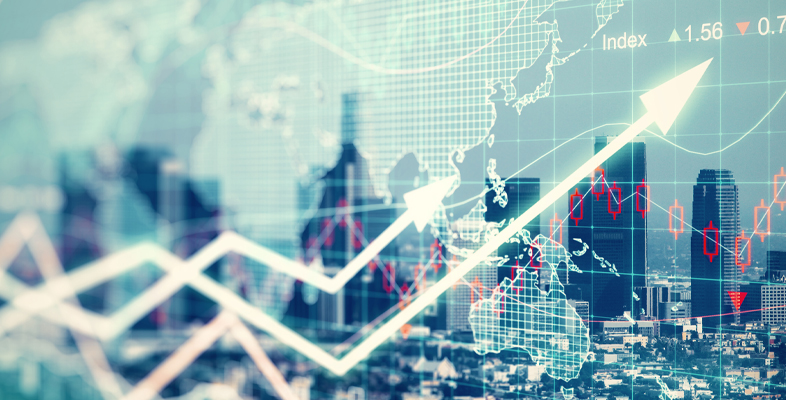4.3 Paying back shareholders: dividend distribution and share repurchase
Companies can also decide to reward their shareholders. The decision as to if and/or how much to pay back shareholders is naturally tied to financing and investment choices. For example, if the management foresees strong opportunities for expanding operations then retaining earnings to fund a new expansion will be preferable to distributing them. Also, if a company chooses to fund its capital investment, for instance via a bank loan, then this will free resources that could be handed back to shareholders.
Shareholders can be rewarded in two ways.
- Companies can decide to pay dividends to shareholders. This can be either recurring (usually quarterly) or a one-time (special) distribution, and generally takes two forms: cash or stock dividends.
- Cash dividends are the most common type. These are payments made by a company out of its profits to shareholders according to their percentage of shareholding.
- Stock dividends consist in an increase in the number of shares of a company, with the new shares being distributed to existing shareholders – based on a percentage applied to their shareholding. For example, if the company were to issue a stock dividend of 3%, then a shareholder will receive three shares for every 100 shares hold. The effect of a stock dividend is an increase in the total shares outstanding.
- Second, instead of distributing dividends, companies can repurchase their previously issued stock from existing shareholders. The main purpose of a share-repurchase (or buyback) is to improve the value of the shares, and to increase the payments to shareholders. In fact, if the company pays a fixed yearly dividend then when the total number of shares decreases each shareholder will receive a larger dividend. There are three main methods for repurchasing shares: open-market repurchasing, tender offers and targeted repurchases.
- Open-market repurchases are by far the most common type. Companies announce their intention to buy their own stock on the secondary market, acting as if they were a third-party investor.
- Tender offers are a type of repurchase where the company offers to buy back a specific number of shares at a specified price that is set at a substantial premium with respect to the market level (usually from 10% to 25%).
- Targeted repurchases is a technique whereby a company buys back its own stock, typically at a substantial premium, from a potential buyer in order to forestall a hostile takeover.
Since share repurchases reduce the total number of outstanding shares, this results in an increase in earnings per share, and usually (but not inevitably) an increase in share price. Table 14 shows the change in earnings per share after Company XYZ decides to buy back 10,000 shares.
| Before buyback | After buyback | |
|---|---|---|
| Total shares outstanding | 100,000 | 90,000 |
| Earnings | 180,000 | 180,000 |
| Earnings per share | 1.80 | 2.00 |
The total shares outstanding after this repurchase are 90,000. Assuming that the earnings remain stable, the earnings per share (equal to earnings divided by the number of shares outstanding) will increase from 1.80 to 2.00 before and after the buyback respectively.
Activity 11 Share repurchases through the magnifying glass
From the 1980s there has been a general reduction in the proportion of companies distributing dividends, and a persistent rise in share buybacks. Read the article ‘Should the US rein in share buybacks? [Tip: hold Ctrl and click a link to open it in a new tab. (Hide tip)] ’ (Palladino and Edmans, 2018) in which a business professor and an economist argue for and against the corporate spending extravaganza.
Question 1
Populate the table below with what you think are the main reasons for and against buybacks, as discussed in the article.
| Reasons to restrain in share buybacks | Reasons to continue share buybacks |
|---|---|
Question 2
Who out of the two authors of the article do you think provides the most convincing argument and why?
Discussion
You should try to build your argument on the two positions in the article by applying what you have learned so far about sources and uses of financial resources. Keep in mind that share buybacks should be seen in the context of the alternative uses of finance, and the trade-offs they imply.
